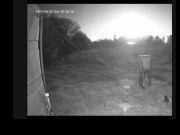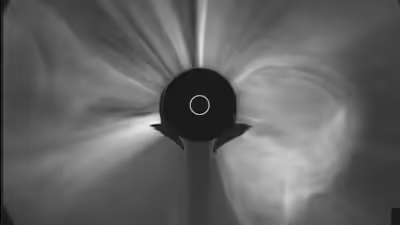Source: CCOR-1 instrumentInterstellar comet 3I/ATLAS has captivated astronomers as it makes a rare and dramatic passage around the Sun. Although currently hidden from Earth’s view, NASAand international spacecraft have continued to track its journey, revealing that the comet brightened rapidly as it neared perihelion, its closest approach to the Sun, on 30 October 2025. This interstellar traveller, moving at extraordinary speed and exhibiting active gas emissions, offers scientists a unique opportunity to study material from beyond our solar system. By analysing its composition, brightness, and trajectory, researchers hope to uncover clues about the origins of comets from distant star systems and gain insight into how interstellar objects evolve as they interact with our Sun’s intense heat and radiation.
Interstellar comet 3I/ATLAS monitored by Earth and space observatories
Comet 3I/ATLAS, the third interstellar comet ever discovered, has been a challenging object to follow. As it moved behind the Sun this week, its position made it impossible to view from Earth. However, spacecraft positioned around the solar system continued to monitor its progress, offering scientists a rare opportunity to study an interstellar object in real time.Amateur astronomer and comet hunter Worachate Boonplod successfully detected 3I/ATLAS in images captured by the U.S. National Oceanic and Atmospheric Administration’s (NOAA) GOES-19 weather satellite on 18 October. Using the CCOR-1 instrument, which normally tracks the Sun’s outer atmosphere for space weather, Boonplod observed the comet shining with a magnitude of around 11, too faint for the naked eye but easily visible in spacecraft .

















